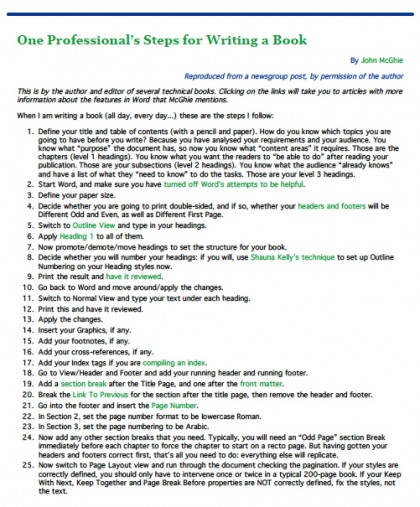Novel (Book) Outline Template – Microsoft Word
Sponsored Links
A novel outline template will help you organize your novel around your central theme and help you plan the plot and character arcs more effectively.
Sponsored Links
Organizing your book into major sections will provide a roadmap that lets you begin to fill in gaps, as you will be able to see the entire story at once in a summarized form. In addition to making it easier to get started, you will be able to make changes more easily if you can quickly navigate your story. You will also be able to see parts that should be removed. It’s important not to be married to the first outline you make: If you need to make major changes as your progress with filling it in or writing, feel free to do so.
Creating the Outline

Regardless of the type of story you’re writing (mystery, fantasy, period drama, etc.), there are general steps you should take when creating your outline. Most outlines for nonfiction would be organized according to the following sections:
- Summary of story, and perhaps statement of central theme(s)
- Three major acts
- Chapters
- Scenes
- Summary
The best way to start is to write a 1- to 3-sentence summary of the entire story. Include this at the top of your outline, along with any themes you want to convey. Write the genre and title at the top as well, if you’ve come up with one. Solidifying this general info will more easily let you move into specific info.
It can also be very helpful to summarize a few of your characters’ personalities, goals, and their arcs at the top.
- Major Acts
To organize your major acts, flesh out your summary into 1 to 2 paragraphs. These will most likely include major conflicts, events, or turning points. For example, if the main character must leave his home at the beginning of the story because of imminent danger, the entire story leading up to this event would likely constitute the first act. The third act will likely be the culminating action, climax, and then resolution. Of course, you might feel your story should vary from this traditional structure, so feel free to do so if necessary.
- Scenes and Chapters
Now you can begin dividing acts according to scenes or events. When doing so, keep your characters in mind, as you likely will have to shape events according to how you want to portray characters. For example, if a character needs to undergo dramatic personal growth over the story’s entirety, you’ll need to craft events carefully to achieve this.
At this stage, it should be easier to think carefully about individual scenes and how they work with other parts of the story. After fleshing out the scenes, you can roughly divide the acts by chapter, and then fill in the actual text.
Download (PDF, 66KB)
Sources
Sponsored Links